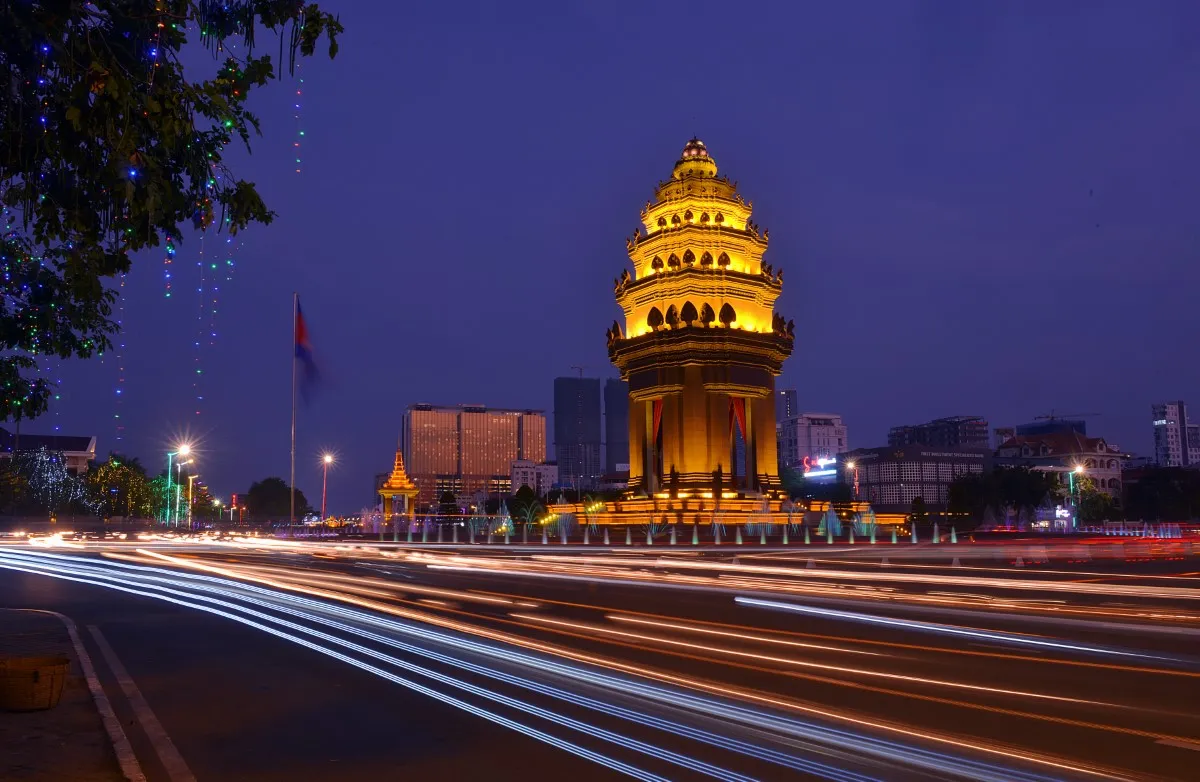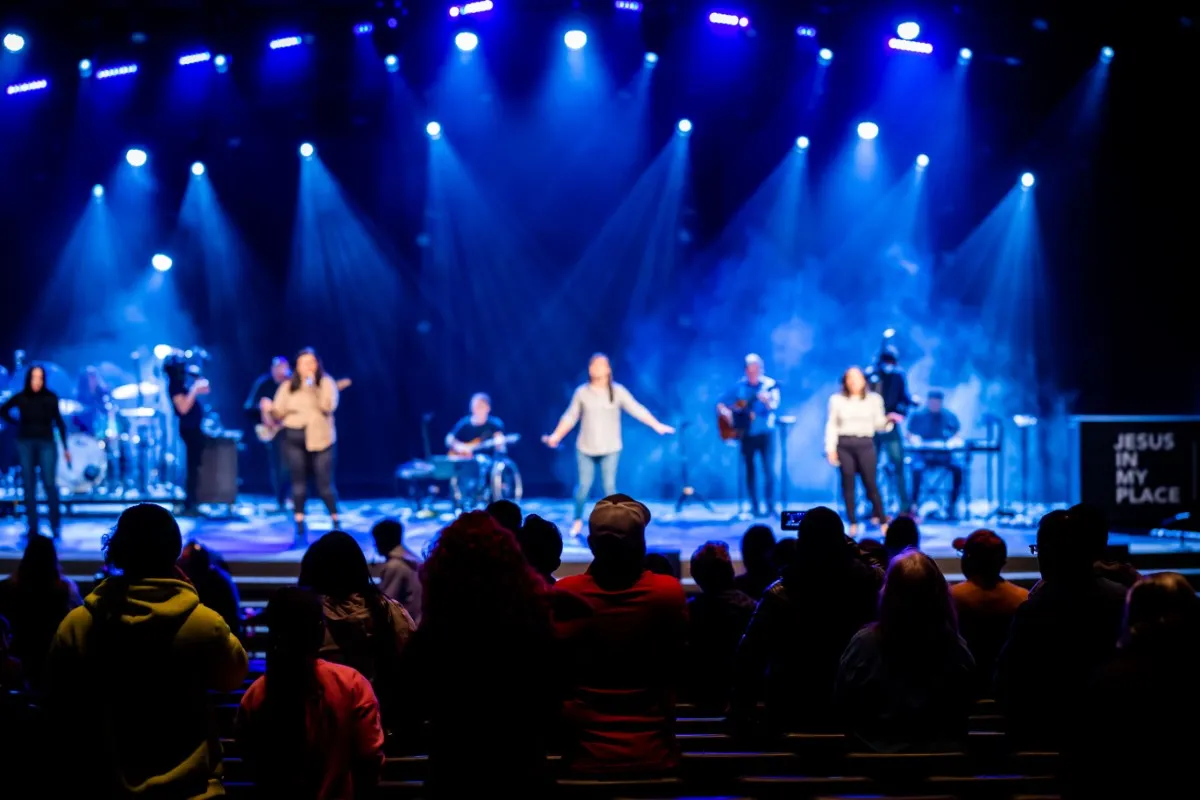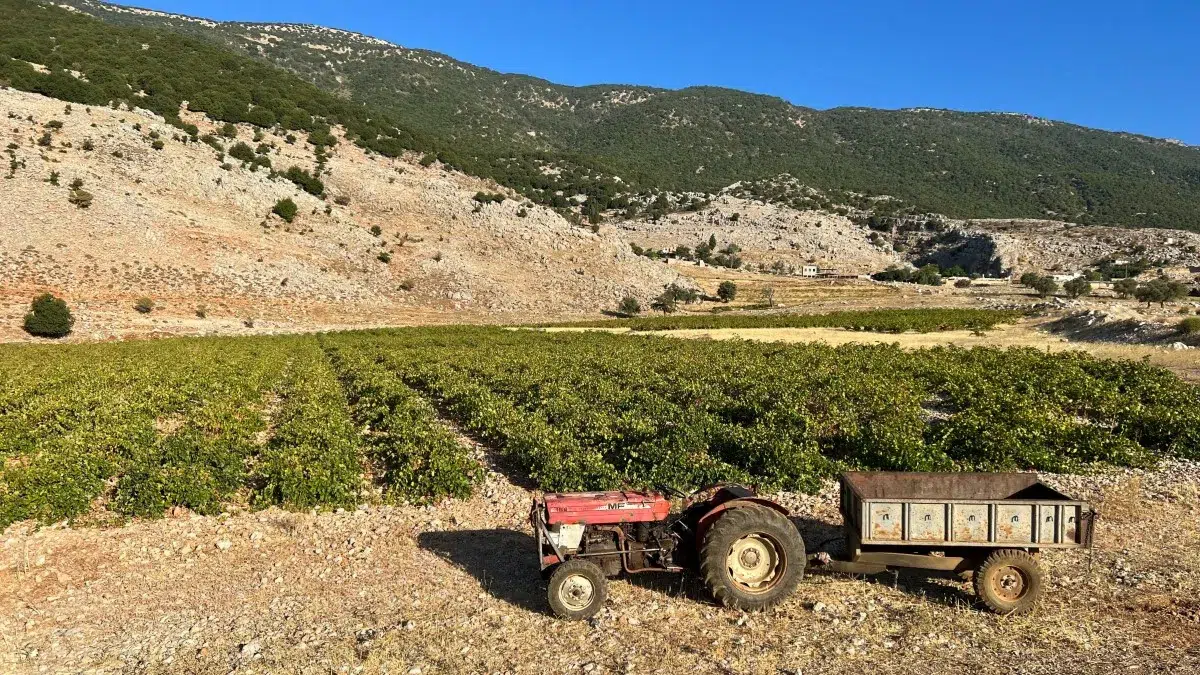Cambodia is a beautiful country with a rich cultural heritage and a complex language. An effective Cambodian translator is crucial to accurately conveying the nuances of the Khmer language and the cultural context of Cambodia.
-
Fluent in Khmer and English
An effective Cambodian translator must be fluent in both Khmer and English. Khmer is a complex language with a unique script and grammar rules. A translator must be able to understand and translate the nuances of the language, including idioms and colloquialisms, while conveying the meaning in English.
-
Cultural Knowledge and Sensitivity
Cambodia has a rich cultural heritage with traditions and customs that are rooted in its history. A translator must have an in-depth understanding of Cambodian culture and customs to convey the meaning of the text. Moreover, a translator must be sensitive to cultural differences and be able to adapt the translation to the intended audience.
-
Attention to Detail
An effective Cambodian translator must have excellent attention to detail. Translators must ensure that the meaning of the text is accurately conveyed while maintaining the original tone and style. Inaccuracies or errors in translation can lead to misunderstandings and even legal issues.
-
Time Management Skills
Time management skills are essential for an effective Cambodian translator. Translators must be able to work to meet deadlines, without sacrificing the quality of their work. They must also be able to focus on tasks and manage their workload.
-
Use of CAT tools
A sought-after Cambodian translator needs to have experience working with CAT tools such as Smartcat, memoQ, Trados, OmegaT.
About Cambodia
Cambodia is a country famous for its beautiful temples, tropical forests, and beaches. It has a long history, including the ancient Khmer Empire, which left behind architectural wonders such as Angkor Wat. Agriculture is the foundation of Cambodia’s economy, with rice serving as the primary staple crop.
The Khmer Language
Khmer is the official language of Cambodia and is spoken by over 16 million people worldwide. It is a complex language with a unique script and grammar rules. Khmer is a tonal language, meaning that the meaning of a word can change depending on the tone in which it is spoken.
Culture of Cambodia
Cambodia has a rich cultural heritage, which is rooted in its history. The country has a diverse range of traditions and customs, including the famous Khmer New Year celebration, which takes place in April. Buddhism is the dominant religion, and many of the cultural practices and traditions are influenced by Buddhist teachings.
Cambodian Festivals and Celebrations: Colorful and Vibrant Cultural Events
Cambodia is a country with a rich cultural heritage and a long history, which is reflected in its festivals and celebrations. These events are colorful, vibrant, and full of traditions that have been passed down for generations. Here are some of the most popular festivals and celebrations in Cambodia:
Khmer New Year:
Also known as Choul Chnam Thmey, this festival takes place in mid-April and lasts for three days. It is a time when Cambodians gather with family and friends to celebrate the new year. People throw water on each other and smear each other’s faces with a paste made of rice flour and water to symbolize the washing away of sins from the old year.
Pchum Ben:
This is a 15-day festival that takes place in September or October. It is a time when Cambodians honor their ancestors and make offerings of food and flowers at pagodas. The last three days are the most important when Cambodians visit pagodas to offer food to the dead.
Water Festival:
Also known as Bon Om Touk, this festival takes place in November and celebrates the reversal of the flow of the Tonle Sap River. There are boat races, concerts, and fireworks displays, and people gather to watch the illuminated boats on the river.
Royal Ploughing Ceremony:
This is a ceremony that takes place in May to mark the beginning of the rice-growing season. The ceremony is presided over by the king or a senior government official, who plows a ceremonial field with a sacred ox. The ox is then presented with offerings of rice, corn, beans, and other grains, and its choice of food is interpreted as a sign of the coming harvest.
Angkor Wat International Half Marathon:
This is a marathon that takes place in December and attracts runners from all over the world. The course takes runners through the temples of Angkor, a UNESCO World Heritage site, and the finish line is in front of the Angkor Wat temple.
These festivals and celebrations are a few of the vibrant and colorful cultural events that take place in Cambodia all year. They are a testament to the country’s rich cultural heritage and provide a unique insight into Cambodian traditions and customs.
What Cambodia is Known for?
Cambodia is famous for its wonderful temples, including the iconic Angkor Wat, the world’s largest religious monument. The country is also known for its beautiful beaches and tropical forests, which are home to a variety of wildlife such as elephants, tigers, and monkeys. Cambodia’s history and culture also make it a popular destination for tourists.
Cambodia’s Agriculture, Tourism, and Manufacturing
It’s economy is mainly based on agriculture, tourism, and manufacturing. Here is an overview of each sector:
Agriculture
Agriculture is the backbone of Cambodia’s economy, employing over 70% of the population and contributing 25% of the country’s GDP. The main crops grown in Cambodia are rice, cassava, maize, sugarcane, and rubber. The country is also known for its fisheries and produces a variety of fish, including catfish, tilapia, and prawns. The agricultural sector faces several challenges, including limited access to financing, inadequate infrastructure, and the effects of climate change.
Tourism
Tourism is a rapidly growing industry in Cambodia, contributing to around 13% of the country’s GDP. The country is famous for its ancient temples, including the Angkor Wat temple complex, which attracts millions of tourists every year. Other tourist attractions include the beaches of Sihanoukville and the capital city, Phnom Penh. The tourism industry faces several challenges, including the need for improved infrastructure, such as better roads and airports, and the need for increased investment in tourism-related services.
Manufacturing
The manufacturing sector is the fastest-growing sector in Cambodia, with a focus on textiles and garments. The sector accounts for around 20% of the country’s GDP and employs over 800,000 people. Cambodia’s low labor costs and favorable trade agreements with other countries have helped attract foreign investment in the sector. However, the sector faces several challenges, including a lack of skilled workers and the need to diversify into other areas, such as electronics and automotive production.
Agriculture, tourism, and manufacturing are the three main sectors driving Cambodia’s economy. The country faces several challenges in each sector, but there is also significant potential for growth and development, especially with continued investment and improvements in infrastructure and human capital.
Conclusion
An effective Cambodian translator should be fluent in both Khmer and English, have cultural knowledge and sensitivity, attention to detail, time management skills, and exhibit a high level of professionalism. Cambodia is known for its stunning temples, rich cultural heritage, and diverse range of traditions and customs. The Khmer language is a tonal language with a unique script and grammar rules. Cambodia’s economy is based on agriculture, tourism, and manufacturing, with rice being the main staple crop. Cambodia is also known for its festivals and celebrations, including Khmer New Year, Pchum Ben, Water Festival, Royal Ploughing Ceremony, and the Angkor Wat International Half Marathon.
Related Posts

Get a quote today
"*" indicates required fields
Subscribe today to receive the latest insights and updates from Sylaba Translations









